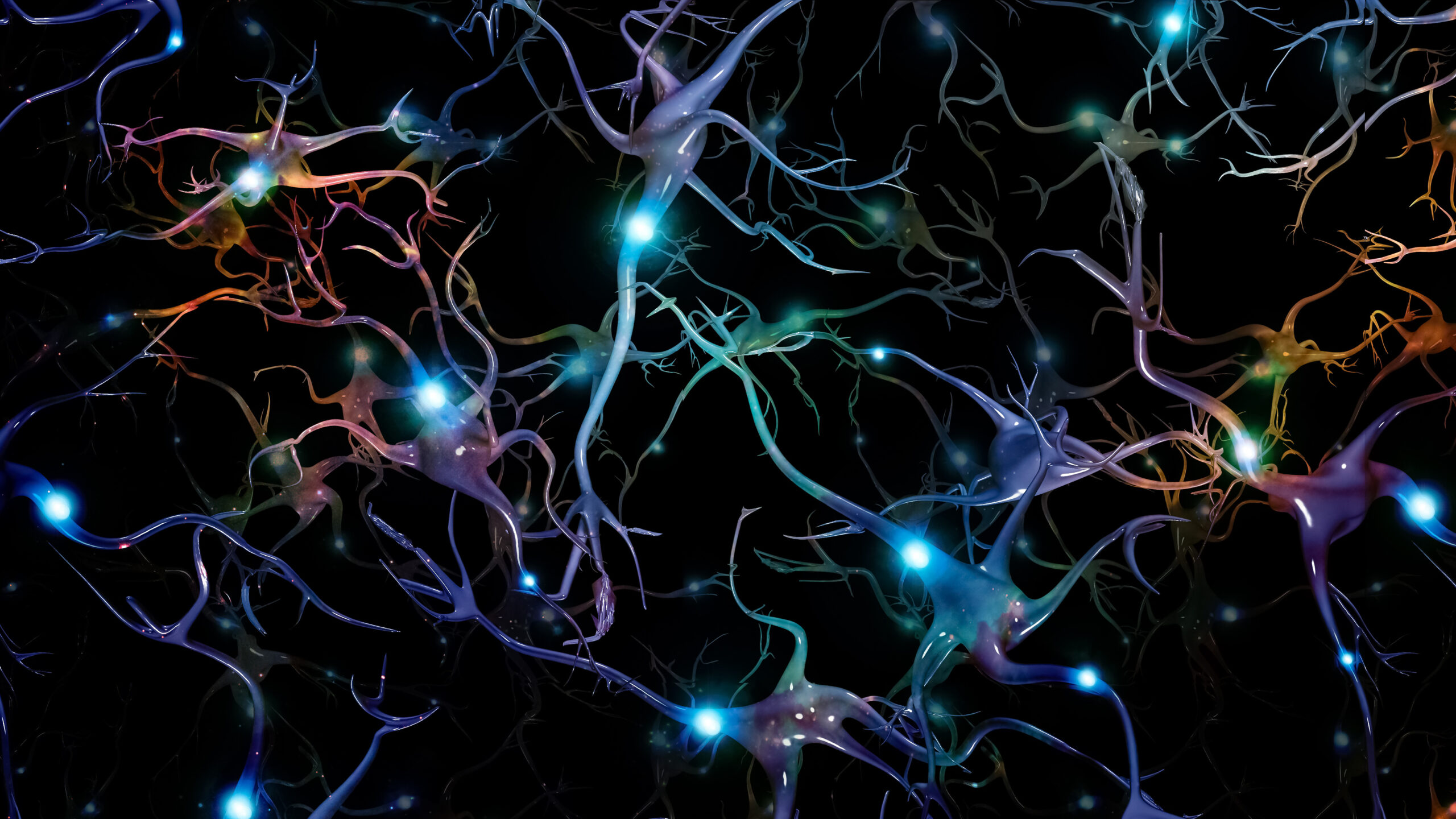Assessing the benefits of digital twins for simulating Alzheimer’s progression
### Assessing the Benefits of Digital Twins for Simulating Alzheimer’s Progression
Alzheimer’s disease is a complex condition that affects millions of people worldwide. It is a leading cause of dementia, and its progression can be unpredictable. However, researchers are now exploring a new tool to better understand and manage Alzheimer’s: digital twins.
### What Are Digital Twins?
Digital twins are virtual replicas of individuals that use data from various sources to simulate their physiology and behavior. This technology combines information from electronic health records, medical imaging, wearable devices, genomic data, and lifestyle data to create a personalized digital model. AI algorithms then analyze this data to predict how an individual might respond to different treatments or lifestyle changes.
### How Do Digital Twins Help with Alzheimer’s?
1. **Early Detection and Prevention**: Digital twins can analyze data to identify individuals at high risk of developing Alzheimer’s. This early detection allows for preventive measures and interventions, potentially slowing down the disease’s progression.
2. **Personalized Risk Assessments**: Unlike traditional risk assessments based on population data, digital twins provide individualized risk assessments. This means that each person’s unique characteristics are taken into account, leading to more accurate predictions.
3. **Simulating Disease Progression**: By using data from various sources, digital twins can simulate how Alzheimer’s might progress in an individual. This simulation helps researchers understand the disease better and test different treatments in a virtual environment.
4. **Virtual Clinical Trials**: Digital twins can be used to simulate clinical trials, reducing the need for costly and time-consuming human trials. This approach allows researchers to test the efficacy and safety of new treatments before administering them to humans, potentially reducing adverse effects.
5. **Personalized Treatment Plans**: Digital twins can help clinicians select the most effective treatment for an individual patient based on their unique characteristics and predicted response. They can also optimize treatment plans by simulating different scenarios, minimizing side effects and maximizing efficacy.
### Specific Examples of Digital Twin Applications
– **Cardiovascular Disease**: Digital twins can simulate blood flow in the heart and arteries, helping to predict the risk of heart attacks and strokes.
– **Cancer Treatment**: Digital twins can predict how a patient’s tumor will respond to different chemotherapy regimens, allowing for personalized treatment plans.
– **Neurological Disorders**: Digital twins can simulate brain activity, helping to diagnose and monitor conditions like Alzheimer’s disease and epilepsy.
– **Respiratory Diseases**: Digital twins can simulate lung function, helping to predict the progression of diseases like asthma and COPD.
### Challenges and Ethical Considerations
While digital twins offer significant benefits, there are also challenges and ethical considerations that need to be addressed:
– **Data Privacy and Security**: Protecting the privacy and security of sensitive patient data is crucial.
– **Data Bias and Fairness**: AI algorithms must be trained on diverse and representative datasets to avoid bias and ensure fairness in healthcare.
– **Access and Equity**: Digital twin technology should be accessible to all patients, regardless of their socioeconomic status or geographic location.
– **Regulatory Frameworks**: Clear regulatory frameworks are needed to ensure the safe and ethical use of digital twins in healthcare.
### The Future of Digital Twins in Healthcare
The use of digital twins in healthcare is rapidly evolving. Researchers are working to integrate this technology into various aspects of medical care, from early disease detection to personalized treatment plans. By leveraging digital twins, healthcare professionals can make more informed decisions, improve patient outcomes, and potentially slow the progression of diseases like Alzheimer’s.
In summary, digital twins offer a powerful tool for simulating Alzheimer’s progression and improving healthcare outcomes. While there are challenges to be addressed, the potential benefits of this technology make it an exciting area of research and development in the fight against Alzheimer’s disease.





